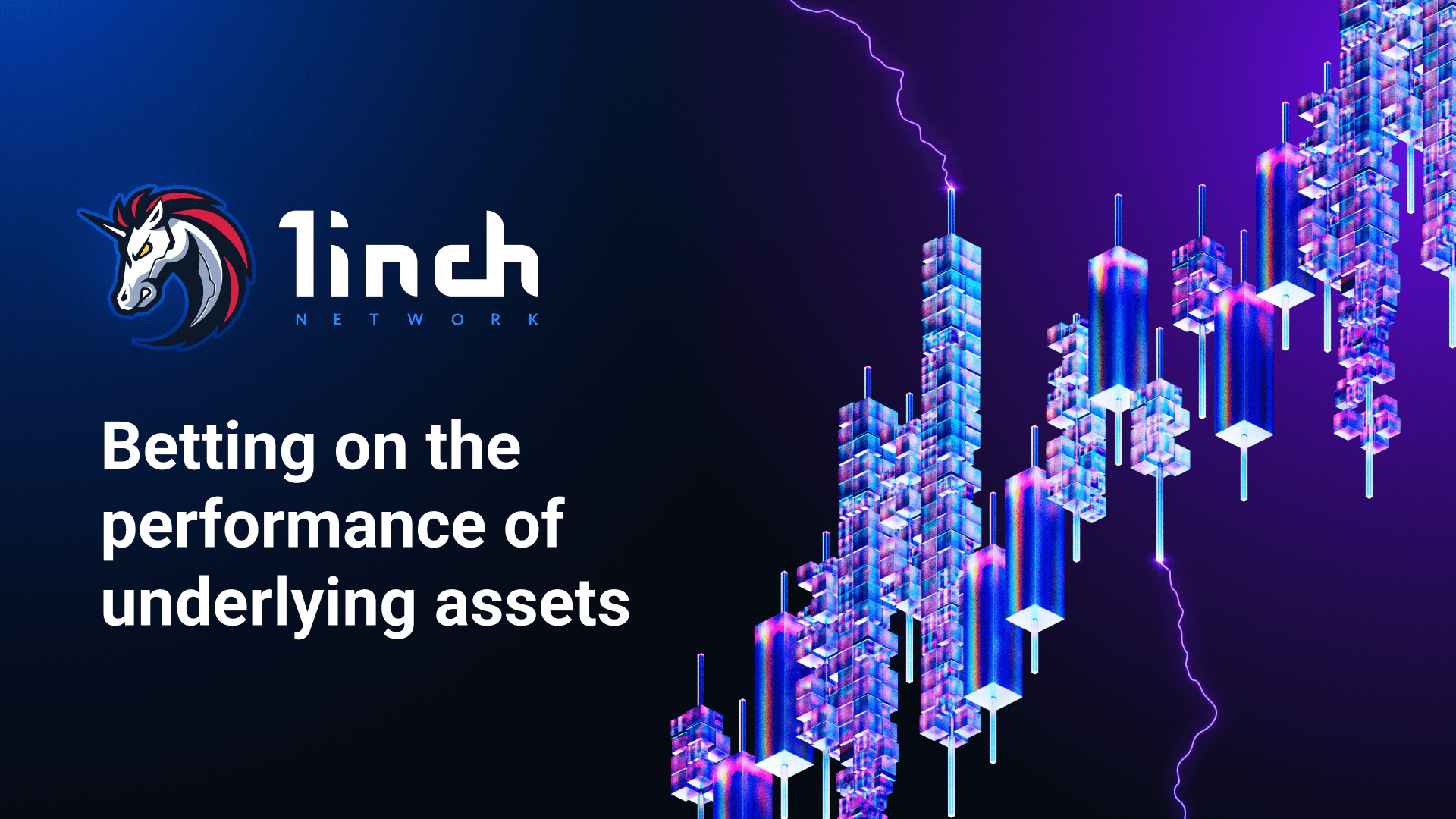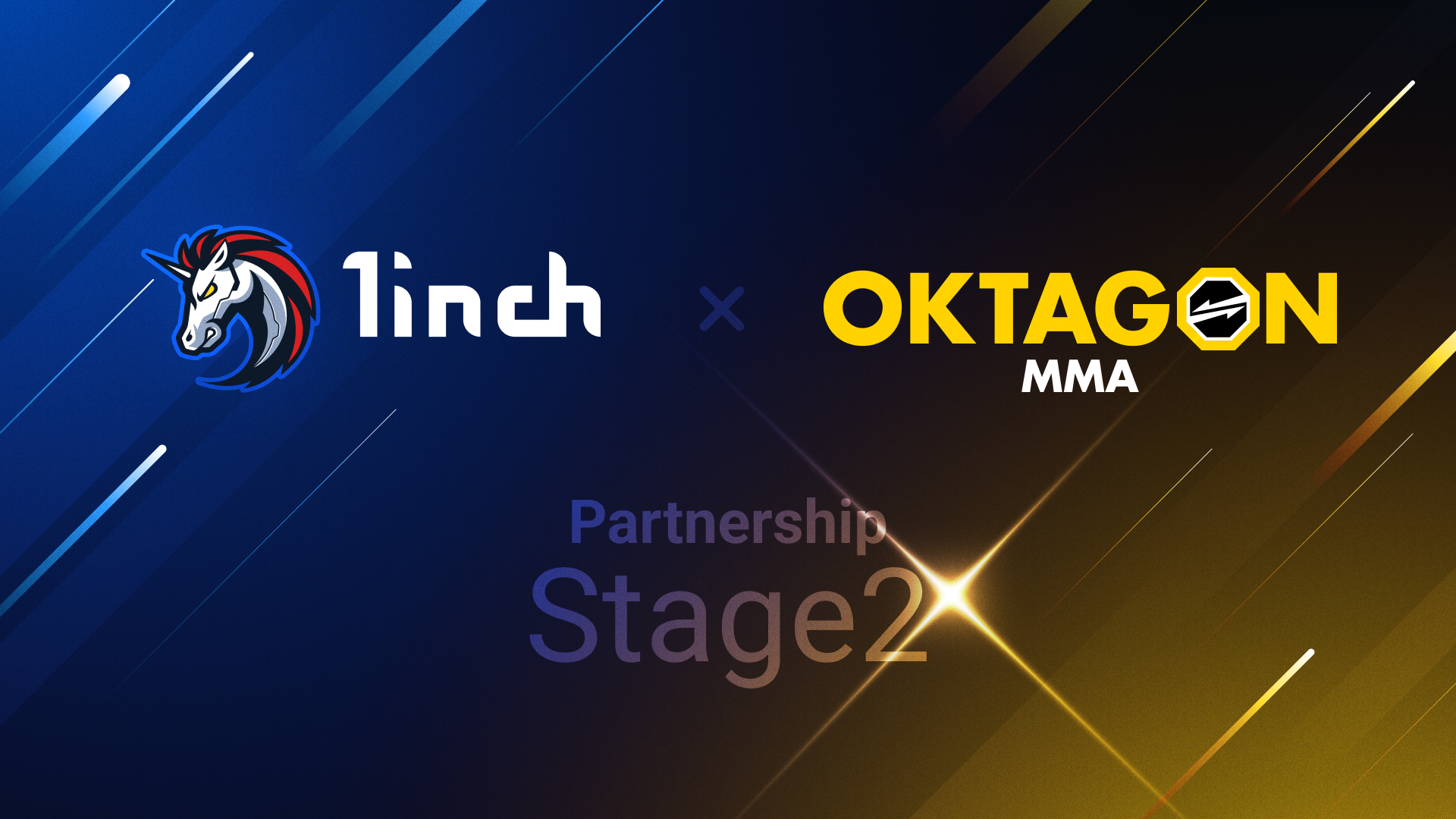DeFi derivatives: decentralized doors to advanced risk management

Evolving DeFi protocols enable users to bet on the future value of crypto assets and to tokenize currencies and commodities, bringing TradFi trading instruments to the blockchain space.
A derivative refers to any financial contract that derives the value from its underlying asset or product, hence the name. In derivatives trading, a user does not necessarily hold an underlying asset but hedges its price risk or speculates on its price movements. Hedging helps to manage risks for each party since it protects the holder against the elimination of profits resulting from fluctuations in the market price of the underlying asset. In TradFi, the prevailing underlying assets for derivatives are stocks, currencies, bonds, commodities and interest rates. Derivatives are available in the crypto space as well, such as futures, options and perpetual swaps. Fiat currencies, cryptocurrencies or commodities can act as underlying assets while derivatives track their prices.
DeFi derivatives’ features
In DeFi, derivatives are also securitized contracts, except that all contract terms are fulfilled on-chain. The removal of intermediaries, automatic execution of securitized contracts and tokenization of securities have heralded a new stage in the overall evolution of the securities market.
One of the most common derivatives risks is counterparty risk - a situation when the other party does not fulfill the contract. Most DeFi protocols require full or partial collateral, thereby reducing counterparty risk. However, as advanced products, they are more appropriate for experienced traders.
User demand for DeFI derivatives has been on the rise, and the notional value of options (the total amount of the underlying asset), according to DeFiLama, grew from just over 71 mln to over 145 mln between August 2022 and early 2023. Among the most popular derivatives in DeFi are futures, options and synthetic assets.
Futures and perpetual futures
Futures, which first made their way from TradFi to CeFi and then to DeFi, are one of the most common forms of derivatives. Futures’ basic principle is to make an agreement now and pay later under a contract to buy or sell an asset at a certain point in the future. An example in TradFi would be a deal often adopted by airlines with a commitment to buy fuel at a certain time (for example, in three years) at a predetermined price in order to reduce the risk of future fuel price fluctuations.
Similarly, cryptocurrency futures are agreements to buy and sell a crypto asset at a specific price on a particular date. A trader can maintain a long position and profit from an increase in a crypto asset’s price or profit from a decrease in its price with a short position.
In DeFi, one of the most actively traded forms of derivatives are perpetual futures, also called perpetual swaps. They allow for trading the underlying asset without a predetermined expiration date.
Perpetual futures contracts constantly monitor the price of the underlying asset and manage their funding fees in accordance with the market situation. At high demand periods, the protocol charges a fee to anyone who wishes to go long (to buy the asset), to be paid to anyone who takes a short position (to sell the asset), thus making short and long sellers fund each other’s positions.
Multiple DeFi protocols also allow traders to leverage their positions and increase their potential profits by multiplying positions with assets they do not actually deposit.
Options and perpetual options
Just like futures, options allow traders to buy (call options) or sell (put options) assets at a predetermined price (strike price) by an expiration date. Perpetual or everlasting options that are similar to perpetual futures, have no fixed exercise date.The major difference from futures is that the holder of a derivative gets a right to trade the underlying asset rather than an obligation to do so. But how to determine whether an option is worth exercising?
Users benefit when the strike price is higher than the current market price (DeFi protocols can use different terms like spot price or mark price) of the asset. If a user buys a put option on ETH: USDT with an exercise price of 1,600 USDT, and the ETH strike price is 1,200 USDT, then the user will make a profit of 400 USDT. But if the spot price is 2,000 USDT, the user can lose a potential profit of 400 USDT by exercising the option.
For an option fee - a premium - traders can make long or short positions without having to deposit their full value, which can be done through DeFi option vaults (DOVs) backed by a pool and realizing yield-generating strategies on behalf of traders. Traders can deposit their collateral into a smart contract to take advantage of a particular strategy they want to engage in. The protocols define option parameters, such as strike price and expiration date, aiming to provide depositors with maximum risk-adjusted returns.
Synthetic assets
Synthetic assets represent tokenized versions of crypto and fiat currencies, stocks, indices, properties and commodities. They enable 24/7 trades of almost any financial product without actually holding it.
Synthetic asset trading offers all the benefits of blockchain technology, including fast execution, decentralization and transparency. Synthetic asset protocols use oracles to follow fluctuations in real asset prices. Meanwhile, synthetic assets are often over-collateralized, meaning the value of the collateral may be higher than the value of the asset.
The segment of DeFi derivatives is rapidly evolving, and, in addition to the commonly used types of derivatives, some protocols allow for customized creation of new structured products that provide sustainable yields.
So far, the DeFi derivatives market has been getting stronger, but it might be still lagging behind the centralized analog in the number of trading pairs offered. Liquidity issues are addressed by platforms in different ways - by using market makers as well as by implementing virtual market makers (vAMM) with no actual pools of assets.
Meanwhile, DeFi derivatives have a number of advantages, including attractive yields, opportunities for hedging against the market and self-custody of users’ funds.





























